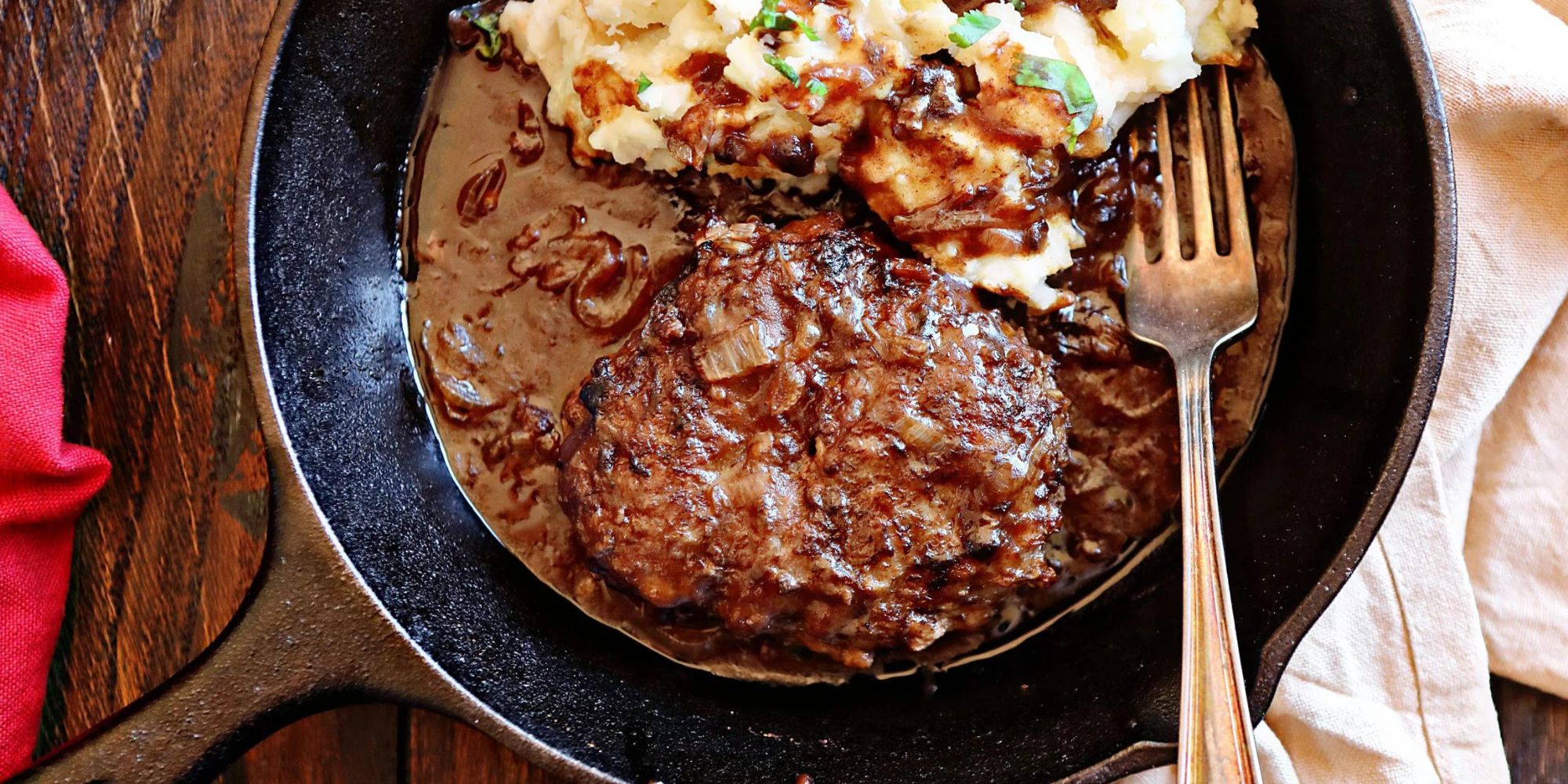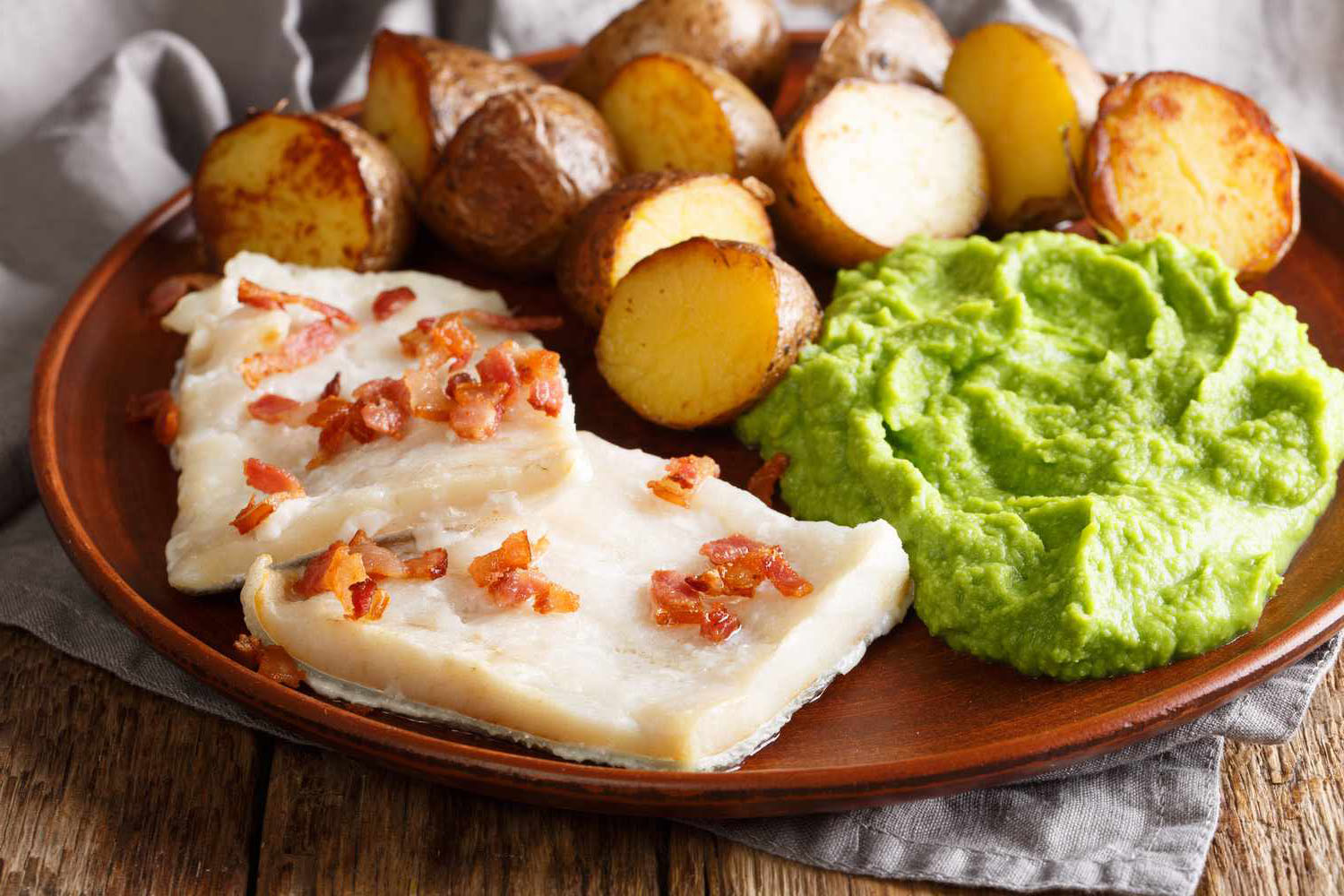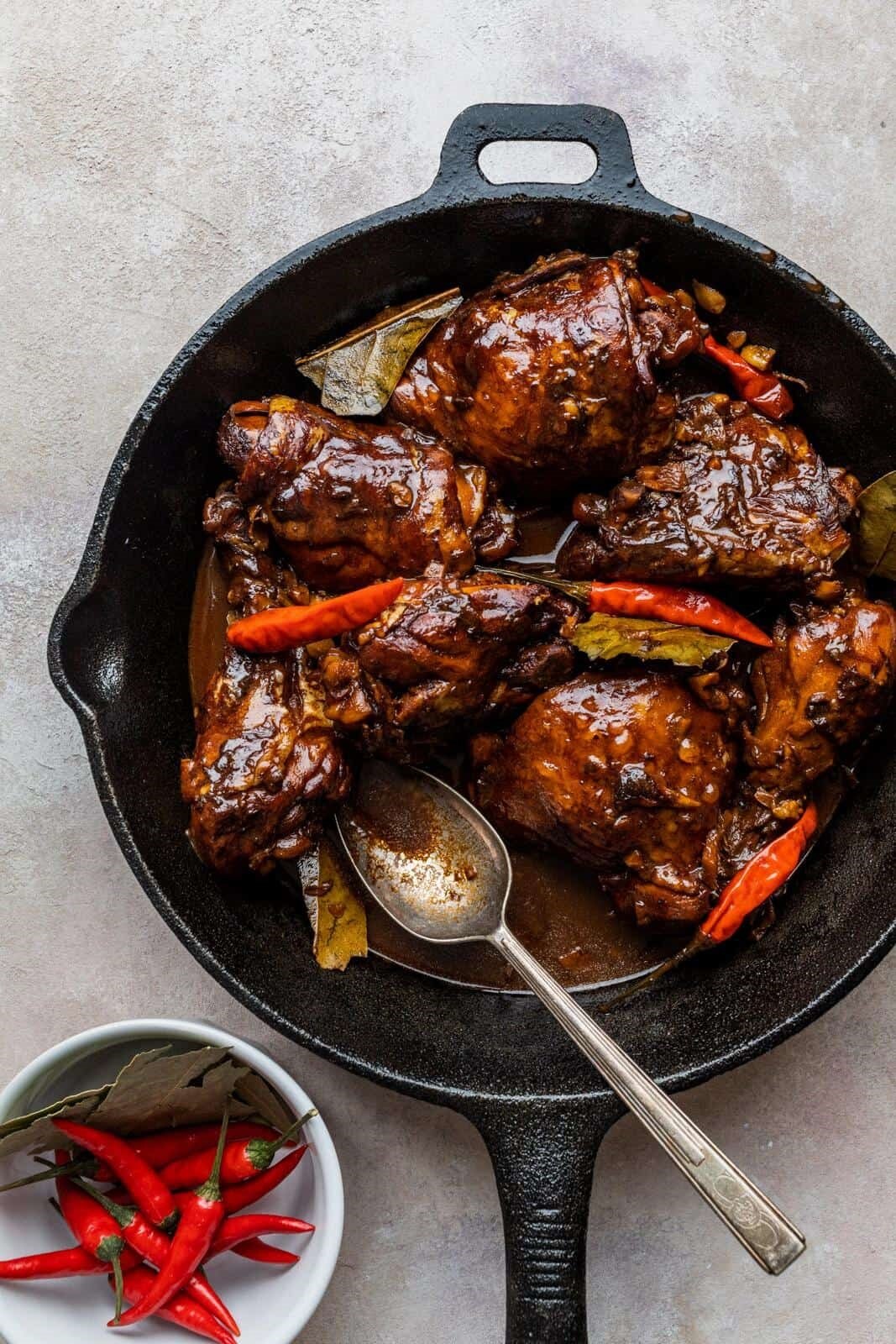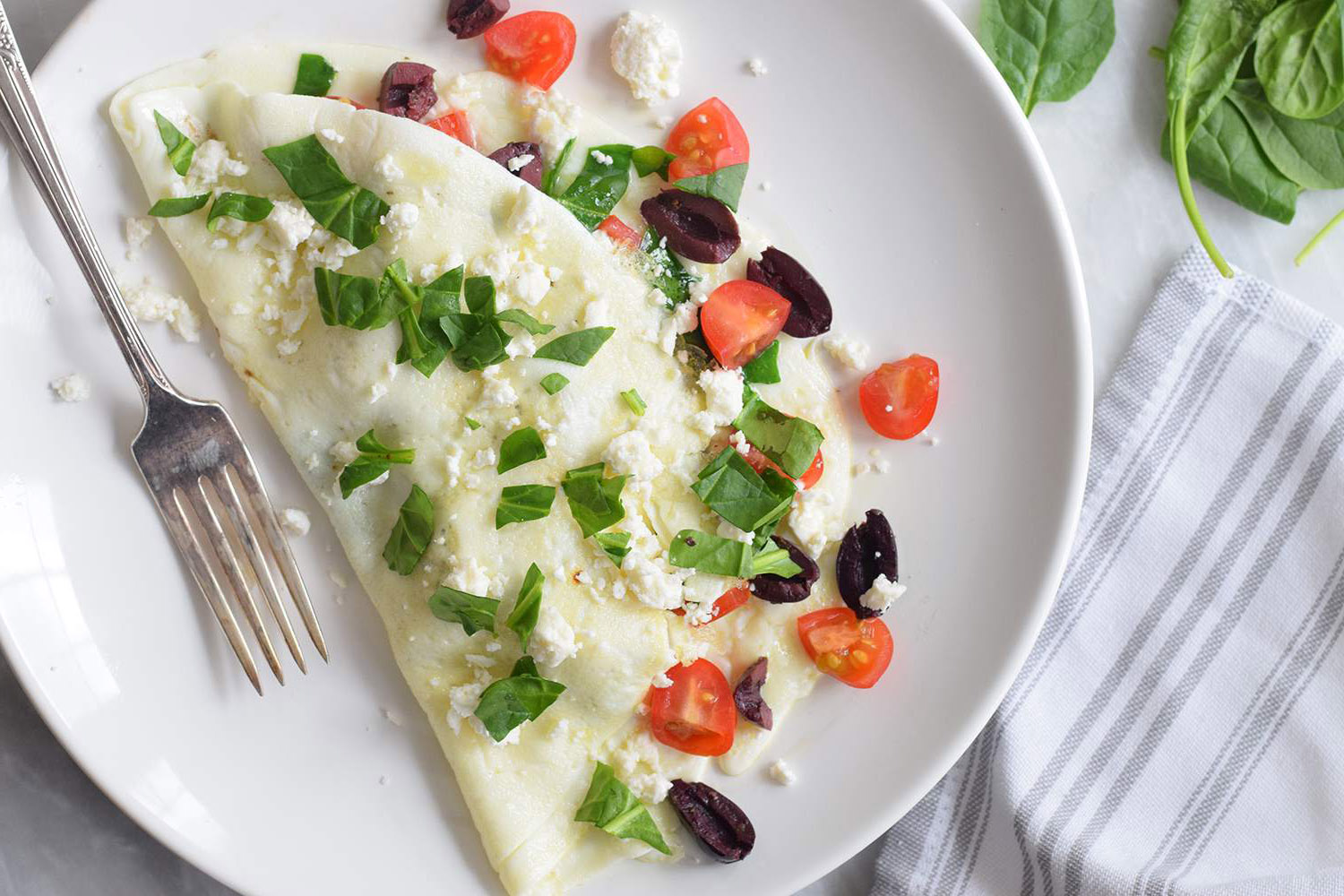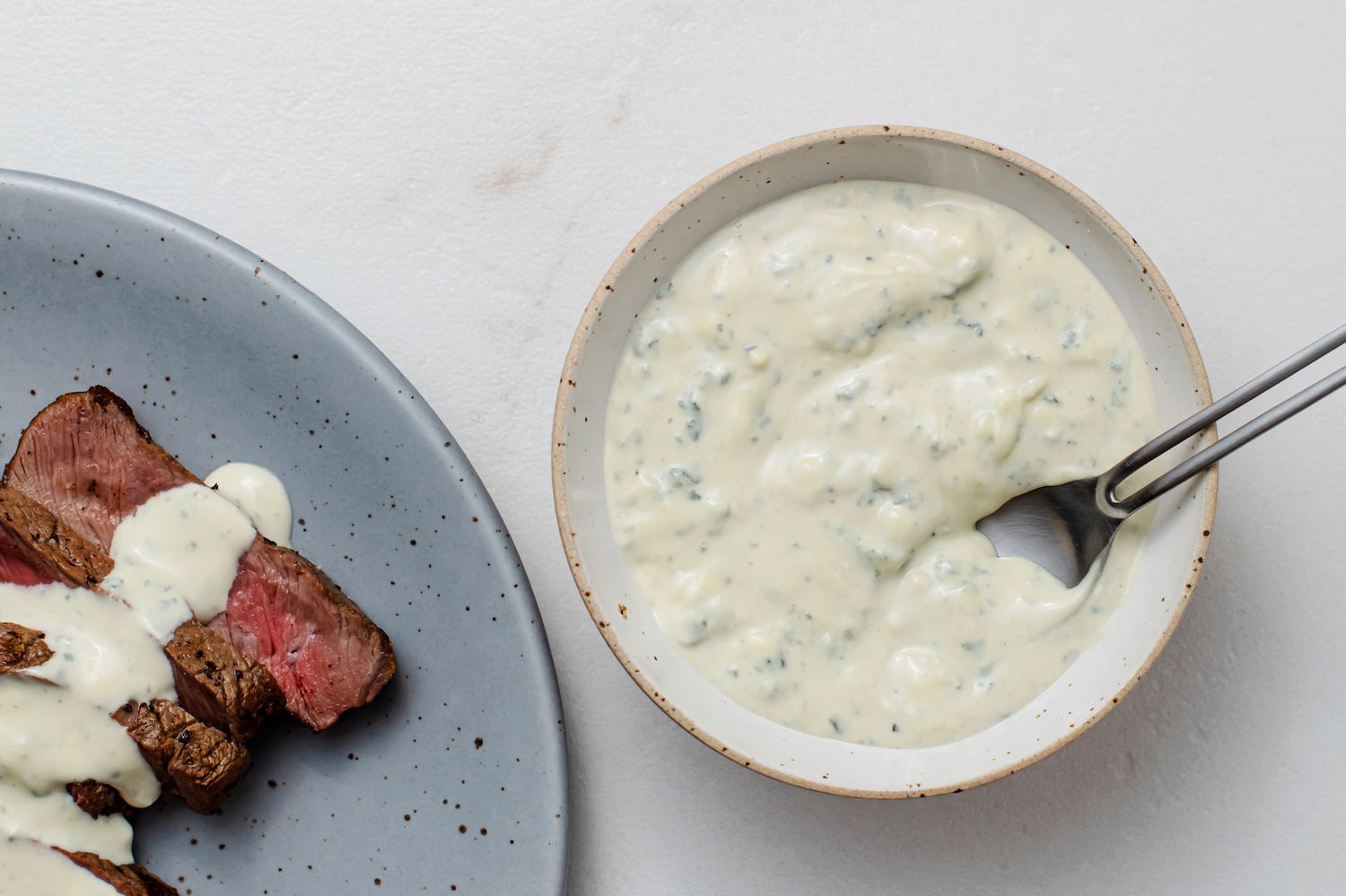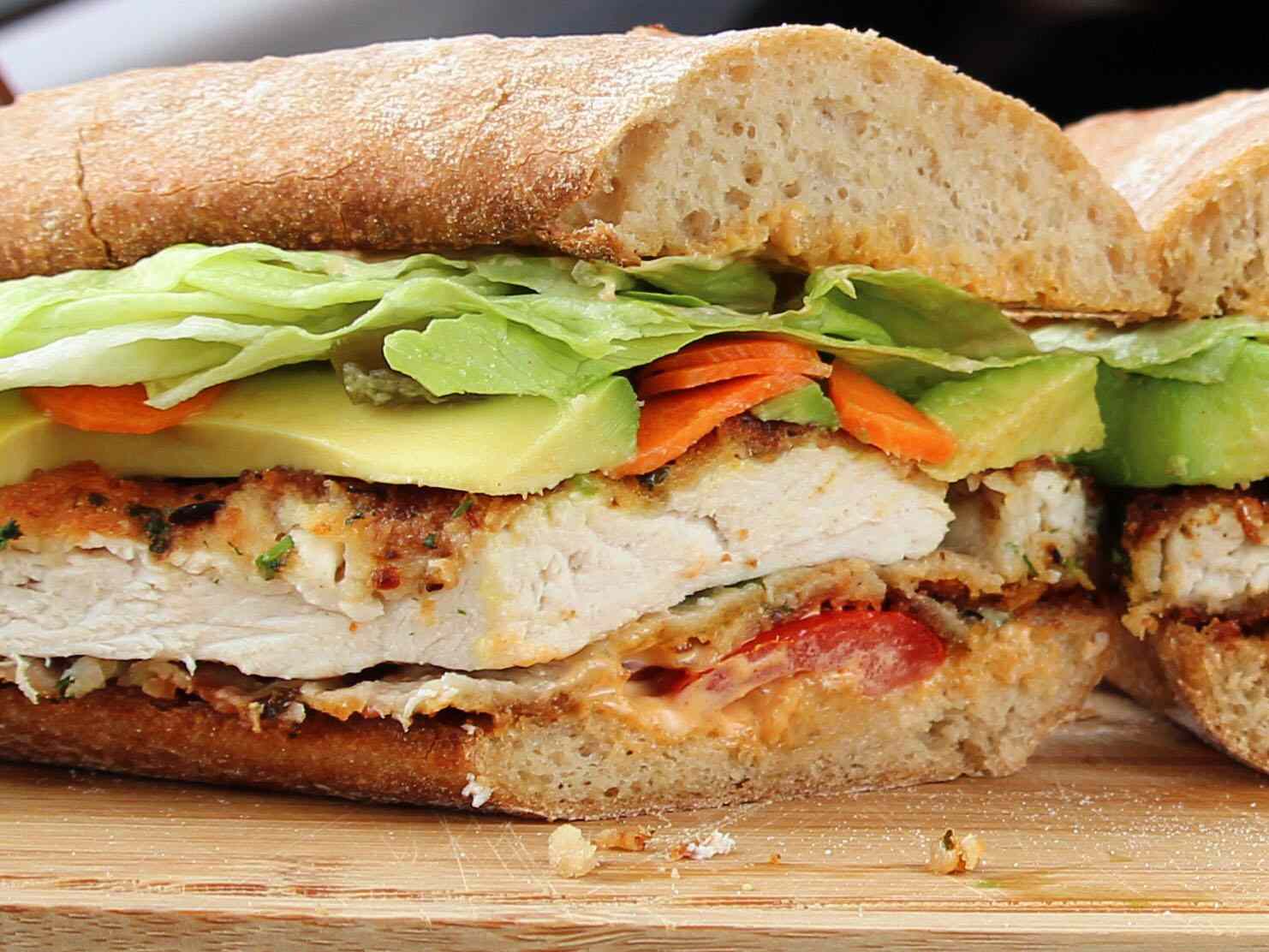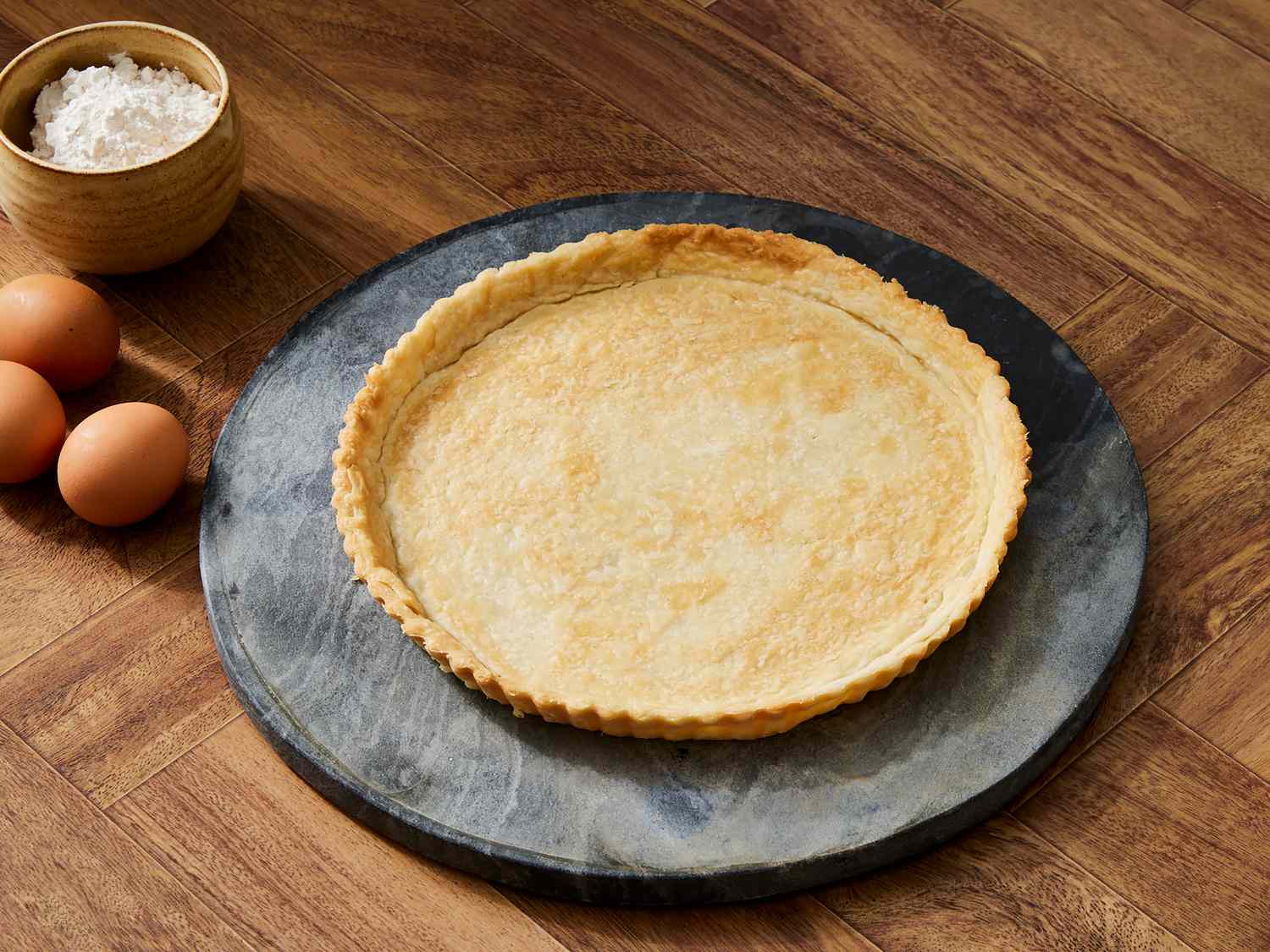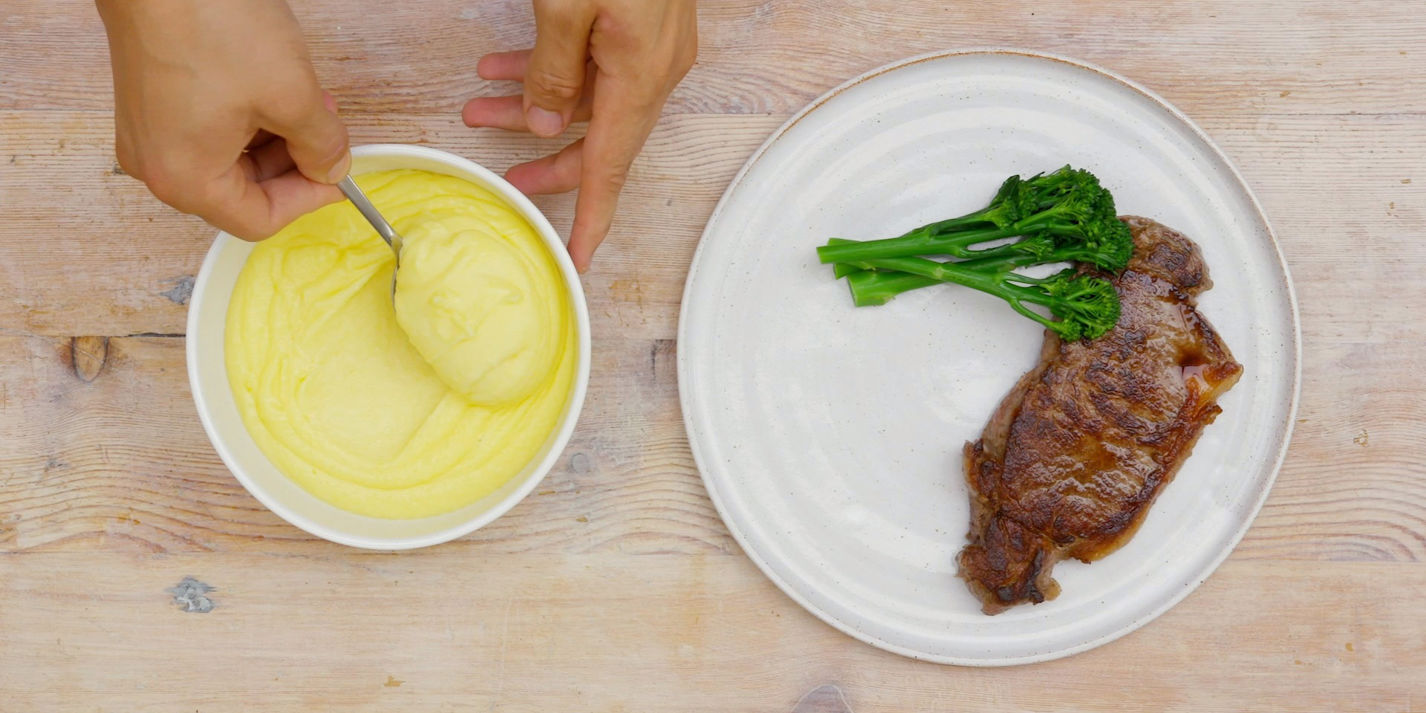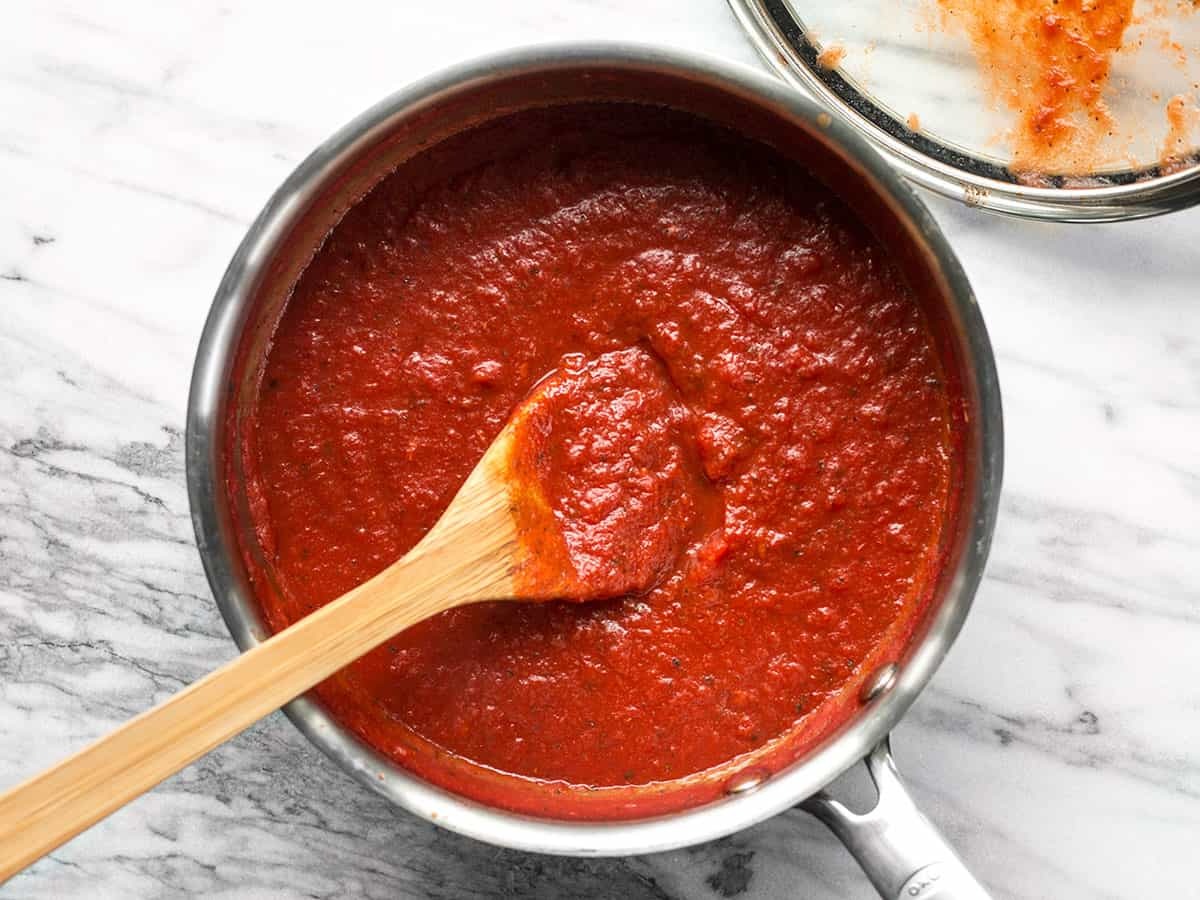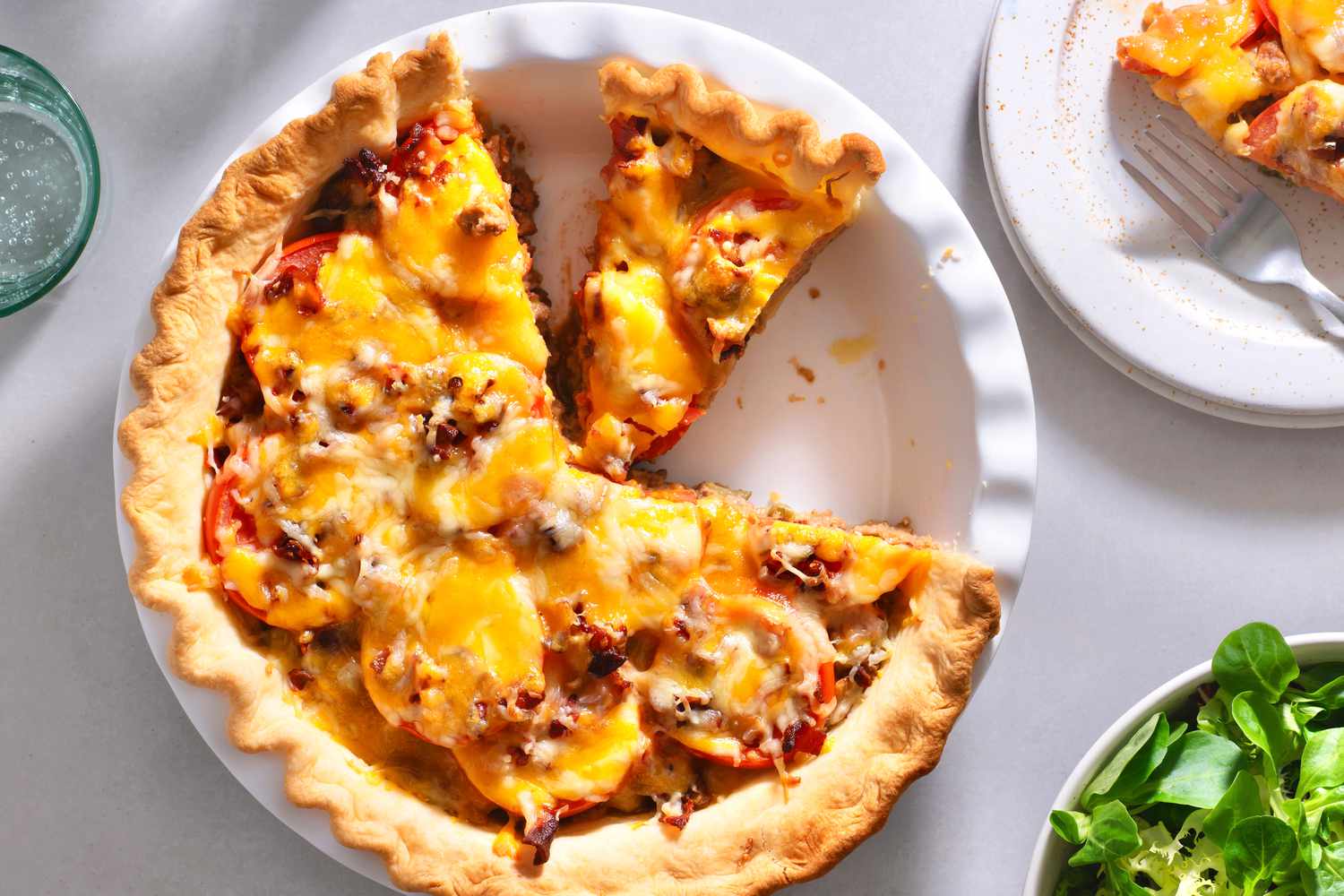Understanding Phyllo Dough: A Versatile and Delicious Pastry Ingredient
Phyllo dough, also known as filo or fillo dough, is a paper-thin pastry that is widely used in Mediterranean and Middle Eastern cuisines. This delicate dough is incredibly versatile and can be used to create a wide variety of sweet and savory dishes. If you’ve ever wondered what phyllo dough is and how it’s used, you’ve come to the right place!
What is Phyllo Dough?
Phyllo dough is a type of unleavened dough that is made by rolling and stretching the dough into thin, translucent sheets. The word “phyllo” actually means “leaf” in Greek, which is fitting given the thin and delicate nature of the pastry. Phyllo dough is typically made with flour, water, and a small amount of oil or vinegar. The dough is rolled out into thin sheets, which are then stacked and layered to create a flaky and crispy texture when baked.
How is Phyllo Dough Used?
Phyllo dough is a staple ingredient in many traditional dishes, and it can be used in both sweet and savory recipes. Some popular uses for phyllo dough include:
- Creating flaky and crispy pastry shells for pies and tarts
- Layering with butter and nuts to make baklava, a sweet and sticky dessert
- Wrapping around savory fillings to make spanakopita or tiropita, traditional Greek pastries
- Forming pockets for stuffed pastries filled with cheese, vegetables, or meats
Phyllo dough is incredibly versatile and can be used in both traditional and creative ways. Its delicate texture and ability to crisp up when baked make it a favorite among home cooks and professional chefs alike.
Tips for Working with Phyllo Dough
While phyllo dough is a wonderful ingredient to work with, it does require some care and attention to ensure that it turns out perfectly. Here are a few tips for working with phyllo dough:
- Keep the dough covered with a damp towel while working with it to prevent it from drying out
- Brush each layer of dough with melted butter or oil to create a flaky and crispy texture
- Be gentle when handling the dough to avoid tearing or ripping the thin sheets
- Store any unused phyllo dough in the refrigerator or freezer to keep it fresh for future use
By following these tips, you can create delicious and impressive dishes using phyllo dough with ease.
Conclusion
Phyllo dough is a versatile and delicious pastry ingredient that can be used in a wide variety of sweet and savory dishes. Whether you’re making a classic baklava or experimenting with new and creative recipes, phyllo dough is sure to add a delightful flakiness and crispiness to your culinary creations. So, the next time you come across a recipe that calls for phyllo dough, don’t be intimidated—embrace the versatility of this wonderful pastry and let your creativity shine!
Was this page helpful?
Read Next: What Is A Substitute For Mascarpone?
Big And Tall Planet
Our web site BigAndTallPlanet is a very interesing option to find the greatest solutions for bigger men trying to find a wonderful spot online to purchase bigger garmets with wider and larger designs.

